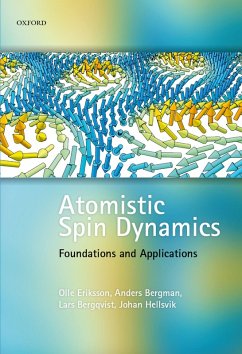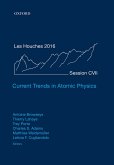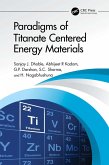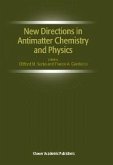The purpose of this book is to provide a theoretical foundation and an understanding of atomistic spin-dynamics (ASD), and to give examples of where the atomistic Landau-Lifshitz-Gilbert equation can and should be used. As argued in the text, a description of magnetism in an atomistic way is very natural and allows for an interpretation of experimental results in a clear and deep way. This description also allows for calculations, from first principles, of all parameters needed to perform the spin-dynamics simulations, without using experimental results as input to the simulations. As shown in the book, we are now at a very exciting situation, where it is possible to perform accurate and efficient atomistic simulations on a length- and time-scale which is balancing on the edge of what is experimentally possible. In this way, ASD simulations can both validate and be validated by state-of-the art experiments, and ASD simulations also have the possibility to act as a predictive tool that is able to explain the magnetization dynamics in experimentally inaccessible situations. The purpose of this book has been to communicate technically relevant concepts. An even larger motivation is to communicate an inspiration to magnetism and magnetization dynamics, and the emerging technological fields that one may foresee, e.g. in magnonics, solitonics and skyrmionics.
Dieser Download kann aus rechtlichen Gründen nur mit Rechnungsadresse in A, B, BG, CY, CZ, D, DK, EW, E, FIN, F, GR, HR, H, IRL, I, LT, L, LR, M, NL, PL, P, R, S, SLO, SK ausgeliefert werden.









